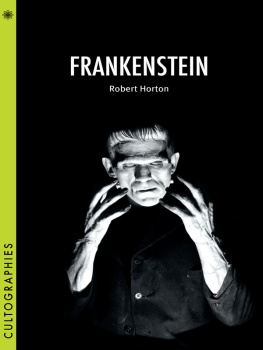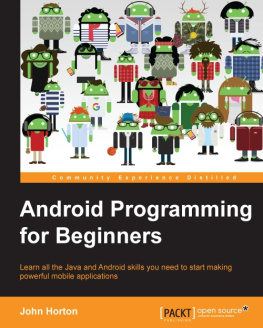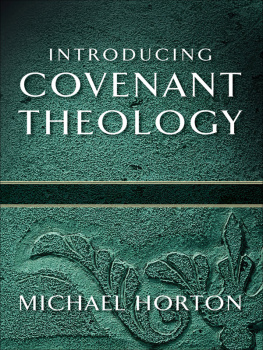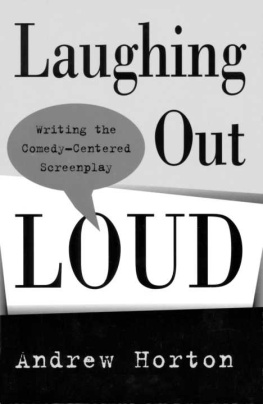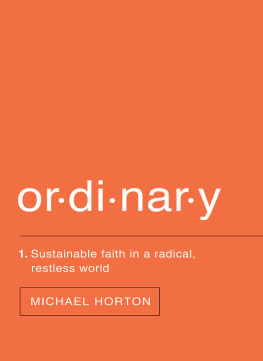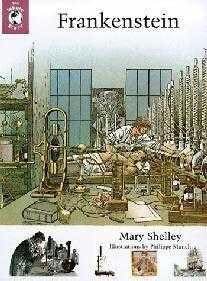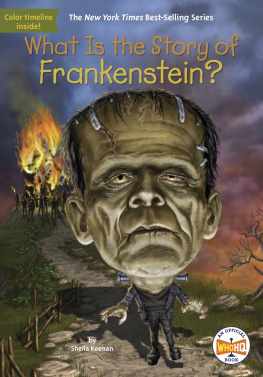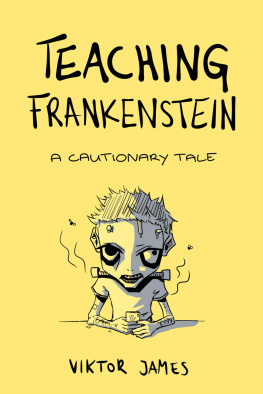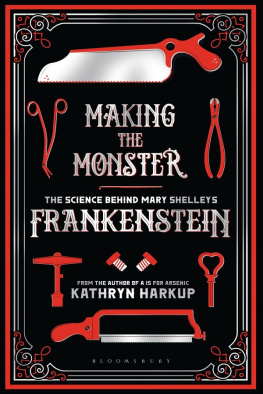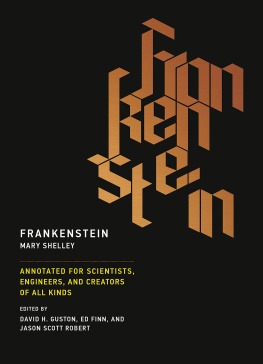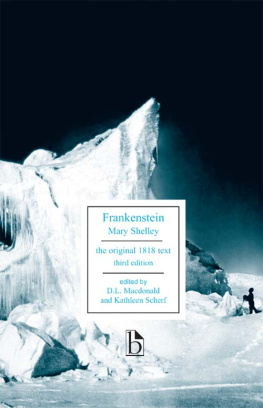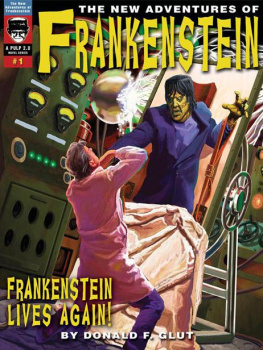CULTOGRAPHIES
CULTOGRAPHIES is a new list of individual studies devoted to the analysis of cult film. The series provides a comprehensive introduction to those films which have attained the coveted status of a cult classic, focusing on their particular appeal, the ways in which they have been conceived, constructed and received, and their place in the broader popular cultural landscape. For more information, please visit www.cultographies.com
Series editors: Ernest Mathijs (University of British Columbia) and Jamie Sexton (Northumbria University)
OTHER PUBLISHED TITLES IN THE CULTOGRAPHIES SERIES
THE ROCKY HORROR PICTURE SHOW
Jeffrey Weinstock
DONNIE DARKO
Geoff King
THIS IS SPINAL TAP
Ethan de Seife
BAD TASTE
Jim Barratt
SUPERSTAR: THE KAREN CARPENTER STORY
Glyn Davis
THE EVIL DEAD
Kate Egan
BLADE RUNNER
Matt Hills
BRING ME THE HEAD OF ALFREDO GARCIA
Ian Cooper
FASTER, PUSSYCAT! KILL! KILL!
Dean DeFino
QUADROPHENIA
Stephen Glynn
FRANKENSTEIN
Robert Horton
WALLFLOWER PRESS
LONDON & NEW YORK
A Wallflower Press Book
Published by
Columbia University Press
Publishers Since 1893
New York Chichester, West Sussex
cup.columbia.edu
Copyright Robert Horton 2014
All rights reserved.
EISBN: 978-0-231-85056-8
Wallflower Press is a registered trademark of
Columbia University Press
A complete CIP record is available from the Library of Congress
ISBN 978-0-231-16743-7 (pbk. : alk. paper)
ISBN 978-0-231-85056-8 (e-book)
Book design by Elsa Mathern
A Columbia University Press E-book.
CUP would be pleased to hear about your reading experience with this e-book at .
CONTENTS
Interviewer: Hes one of the great images of the twentieth century, more important than the Mona Lisa!
James Whale: Oh, dont be daft. Its just make-up and padding and a big actor.
Gods and Monsters
Anyone who writes a book becomes a Doctor Frankenstein, tinkering with parts and toiling to bring the creature to life. In this case, that process involved watching a lot of Frankensteinian spinoffs, most of which are not as awful as Frankenstein Island, but not as good as Bride of Frankenstein, either. Thus I owe my wife a debt of gratitude for sitting through many of these offerings, and am happy to dedicate the book to my dear monster, Evyan.
I would like to thank Stephanie Ogle, of Seattles venerable Cinema Books, for pointing out to me that Wallflower Press was producing some intriguing lines of books on film. Thats how I came to read about the Cultographies series even before their first instalment had been published, and thought it would be a wonderful way to fulfil a lifelong ambition: to write a book-length study of a single film. Thanks to Ernest Mathijs for editorial support and to Jamie Sexton, Yoram Allon and the Wallflower/Columbia University Press people for allowing that Frankenstein might fit under the Cult Movie banner in a sort of slantwise but interesting way. General thanks, too, to Tom Keogh, Kathleen Murphy, Richard T. Jameson, Mary Jane Knecht and Mark Rahner.
The opening chapter makes clear my debt to Nightmare Theatre and the tradition of late-night horror movies on television, a tradition mostly gone, despite the occasional tongue-in-cheek attempt to revive it. So, revising the words of Dr. Septimus Pretorius: To an old world of gods and monsters!
Robert Horton, February 2014
If a cult is anything, it has rituals and ceremonies and a schedule of worship. And here is ours: Friday nights, gathered in somebodys basement, sleeping bags staked out on the floor. There are chocolate-bar wrappers scattered around and a half-eaten bag of Fritos waiting to be finished off. This is 1970, or possibly 1971 or 1969, and as twelve-year-olds our beverage of choice is something innocuous, Kool-Aid or Coke. Its almost 11:30, so the parents have already looked down a final time and said their goodnights, and the lights are appropriately low. If anybody managed to smuggle in an issue of Playboy its been put away, because we need to concentrate on television now. Theres a plaster Madonna looming in a corner, that home icon of the Catholic family, which is apt because we are gathered here for something like a religious ceremony ourselves.
The local 11 oclock news programme on KIRO-TV, Seattles channel 7, is ending. As always, the broadcast signs off with an editorial comment from station manager Lloyd E. Cooney, a bespectacled square perpetually out of step with the turbulent era (channel 7, owned by the Mormon Church, is a conservative business). Strange, then, that every Friday night Cooneys bland homilies are immediately replaced by a dark dungeon, a fiend in a coffin and three hours of evil.
At 11:30 sharp comes Nightmare Theatre, a double feature of horror movies. Each film is introduced by channel 7s resident horror-movie host, known as The Count (actually a station floor director named Joe Towey). His make-up is a Halloween-costume version of Dracula, with cape and fangs. He clambers out of a coffin, welcomes us, and introduces the first feature of the evening; his Bela Lugosi accent is terrible, but his maniacal laughter is accomplished.
Tonight its that most famous title of all, Frankenstein (1931). The film is already legendary in my mind I am well aware of its status in the horror pantheon. I have seen that green-faced, heavy-booted image in books and TV shows (though I am still somewhat confused about whether Frankenstein is the name of the monster or the name of the mad scientist), and finally I am allowed to stay up late enough to watch the film on television. Here with other like-minded fifth-graders, I await the arrival of something monumental and, with luck, terrifying.
The Count finishes his intro with a cackle. When the film begins, it too has a host, a neat little grey man who comes out from behind a curtain and delivers a message that sounds both sinister and whimsical:

